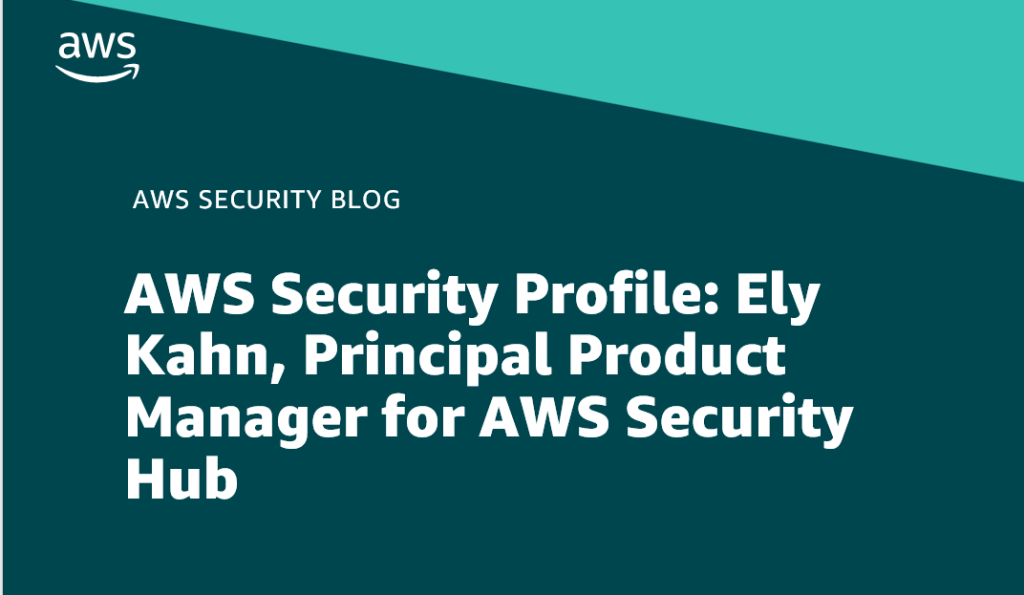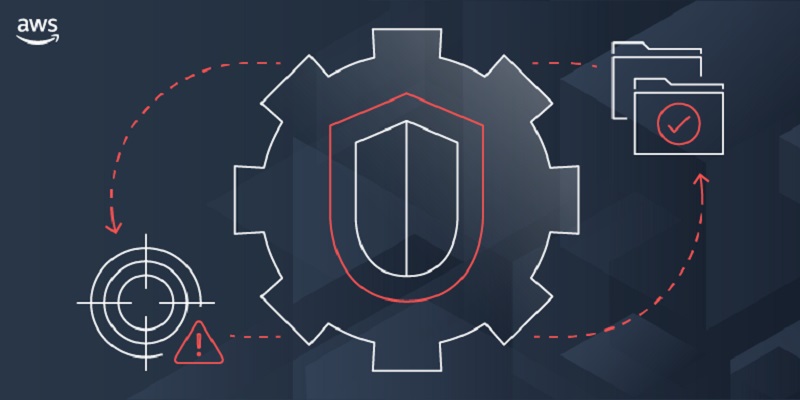AWS Security Blog
Spring 2022 SOC 2 Type I Privacy report now available
Your privacy considerations are at the core of our compliance work at Amazon Web Services (AWS), and we are focused on the protection of your content while using AWS services. Our Spring 2022 SOC 2 Type I Privacy report is now available, which provides customers with a third-party attestation of our system and the suitability […]
Spring 2022 SOC reports now available with 150 services in scope
At Amazon Web Services (AWS), we’re committed to providing our customers with continued assurance over the security, availability and confidentiality of the AWS control environment. We’re proud to deliver the Spring 2022 System and Organizational (SOC) 1, 2 and 3 reports, which cover October 1, 2021 to March 31, 2022, to support our AWS customers’ […]
AWS Security Profile: Ely Kahn, Principal Product Manager for AWS Security Hub
In the AWS Security Profile series, I interview some of the humans who work in Amazon Web Services Security and help keep our customers safe and secure. This interview is with Ely Kahn, principal product manager for AWS Security Hub. Security Hub is a cloud security posture management service that performs security best practice checks, […]
Choosing the right certificate revocation method in ACM Private CA
AWS Certificate Manager Private Certificate Authority (ACM PCA) is a highly available, fully managed private certificate authority (CA) service that allows you to create CA hierarchies and issue X.509 certificates from the CAs you create in ACM PCA. You can then use these certificates for scenarios such as encrypting TLS communication channels, cryptographically signing code, […]
Build a strong identity foundation that uses your existing on-premises Active Directory
September 12, 2022: This blog post has been updated to reflect the new name of AWS Single Sign-On (SSO) – AWS IAM Identity Center. Read more about the name change here. This blog post outlines how to use your existing Microsoft Active Directory (AD) to reliably authenticate access to your Amazon Web Services (AWS) accounts, […]
Getting started with AWS IAM Identity Center delegated administration
September 12, 2022: This blog post has been updated to reflect the new name of AWS Single Sign-On (SSO) – AWS IAM Identity Center. Read more about the name change here. Recently, AWS launched the ability to delegate administration of AWS IAM Identity Center (AWS IAM Identity Center) in your AWS Organizations organization to a […]
Establishing a data perimeter on AWS: Overview
November 23, 2022: This post had been updated to align with a related post: Establishing a data perimeter on AWS: Allow only trusted identities to access company data For your sensitive data on AWS, you should implement security controls, including identity and access management, infrastructure security, and data protection. Amazon Web Services (AWS) recommends that […]
How to use new Amazon GuardDuty EKS Protection findings
If you run container workloads that use Amazon Elastic Kubernetes Service (Amazon EKS), Amazon GuardDuty now has added support that will help you better protect these workloads from potential threats. Amazon GuardDuty EKS Protection can help detect threats related to user and application activity that is captured in Kubernetes audit logs. Newly-added Kubernetes threat detections […]
New IDC whitepaper released – Trusted Cloud: Overcoming the Tension Between Data Sovereignty and Accelerated Digital Transformation
A new International Data Corporation (IDC) whitepaper sponsored by AWS, Trusted Cloud: Overcoming the Tension Between Data Sovereignty and Accelerated Digital Transformation, examines the importance of the cloud in building the future of digital EU organizations. IDC predicts that 70% of CEOs of large European organizations will be incentivized to generate at least 40% of […]
How to control access to AWS resources based on AWS account, OU, or organization
AWS Identity and Access Management (IAM) recently launched new condition keys to make it simpler to control access to your resources along your Amazon Web Services (AWS) organizational boundaries. AWS recommends that you set up multiple accounts as your workloads grow, and you can use multiple AWS accounts to isolate workloads or applications that have […]








